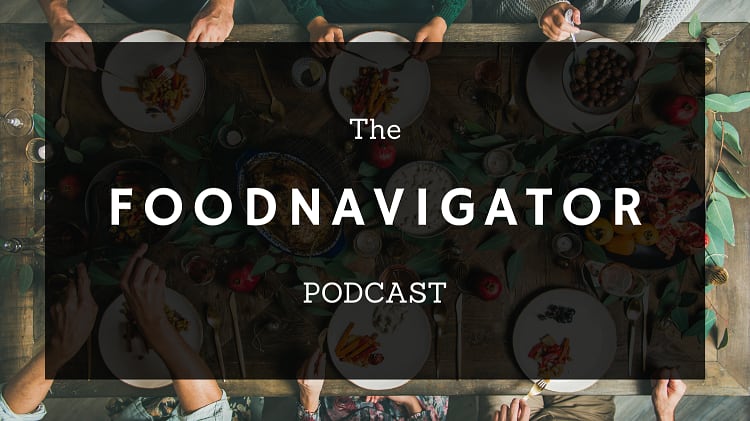On pack communications are an important marketing tool – but one which is sometimes little understood. To remedy this, research consultancy Campden BRI set out to uncover what on-pack claims strike a chord with consumers.
“In markets that are increasingly saturated and often very competitive, product claims can be a powerful marketing tool to highlight the unique selling point of a product. Despite this, there is currently little guidance to help food business operators identify which claims are most effective,” sensory and consumer research scientist Marleen Chambault, who led the consumer study, explained.
“This prompted us to gather data on which claims have the greatest impact on consumers for different product types which, in this study, included breakfast cereals, fish pies, fruit yoghurt and orange juice.”
Sensory claims miss the mark
Campden BRI conducted a survey of 2,400 shoppers across the UK, France and Germany and asked them to rate the on-pack claim that they found most likely to motivate them to purchase a product.
Campden BRI’s scientists observed some common patterns across most products and countries tested.
While taste is often cited as the number one purchase driver, on-pack sensory-based claims had least resonance.
A sensory claim is defined as ‘a statement about a product that highlights its advantages, sensory or perceptual attributes, or product changes or differences compared to other products in order to enhance its marketability’. This would include statements like ‘great taste’ or ‘creamier than ever’.
But not all sensory claims are equal. Non-comparative sensory claims, such as ‘simply delicious’, were more appealing to consumers than comparative sensory claims, such as ‘the nation’s favourite’.
Non-sensory claims were found to have ‘biggest influence’. Consumers, it emerged, pay more attention to on-pack claims related to nutrition, sustainability, ethical issues, ‘clean label’ and provenance.
Appeal depends on what you are selling, where
While some general trends were identified, Campden BRI found the success of a product’s claim differs depending on the type of product it is used on and the country in which it is promoted.
“Our research emphasised that a claim that works for one product may not be equally successful for another. For example, from previous research we’ve found nutritional claims such as ‘high in fibre’ to be the most impactful when motivating consumers to purchase a product such as a breakfast cereal. However, the results of this study suggest the sensory claim ‘with generous, delicious chunks of fish’ was considered ‘highly motivating’ for a fish pie, while nutritional claims didn’t have much impact for this product. For orange juice, a product that’s considered quite natural, we found that clean label claims, including ‘no artificial colours, flavours or preservatives’, were most likely to influence consumers’ purchasing decisions,” Chambault observed.
Likewise, Campden BRI researchers detected some distinct differences in consumer attitudes in each market. This means that a claim that’s successful in one country could well be lost in translation and lack impact in another.
“Cultural differences became clear to us as we analysed the study’s results. For example, for breakfast cereals we found French participants were 37% more likely to be motivated by an ‘organic’ claim than British participants, while for orange juice we found British participants were 12% less motivated by the claim ‘gently pasteurised’ than German participants,” Chambault revealed.
This highlighted the need to choose a product’s claim on a case-by-case basis, she continued. “Overall it seems there is no ‘one-size-fits-all’ when it comes to finding the right sensory claim for a product. Our research highlighted that a detailed understanding of the product category, social influences and cultural context are essential in ensuring that a sensory claim has relevance and meaning for the consumer.”



